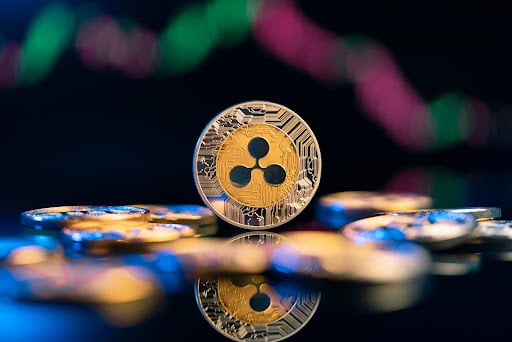Ripple CTO, David Schwartz, recently engaged in a debate with Cardano founder, Charles Hoskinson, regarding the controversial “ETH Gate” theory. This theory suggests that Ethereum insiders had formed close relationships with high-ranking officials within the Securities and Exchange Commission (SEC) to gain favorable treatment for Ethereum, potentially at the expense of other cryptocurrencies like Ripple’s XRP.
To understand the controversy surrounding “ETH Gate,” it’s important to unpack the theory itself. Essentially, it proposes that Ethereum’s core team used their influential networks to curate a regulatory environment that benefits Ethereum. However, the more severe version of the theory suggests that Ethereum executives may have gone as far as bribing SEC officials to take unfavorable action against Ripple, ultimately leading to the lawsuit against them.
Hoskinson, in his explanation, differentiated between the two strands of the theory. The first suggests that Ethereum insiders used their connections to protect their own interests, while the second implies a conspiracy to attack a competitor. He emphasized the distinction by stating that it is one thing to use relationships to protect oneself, but it is another to use relationships in a conspiracy against a rival.
Ripple’s David Schwartz took a contrasting standpoint on the Hinman emails, a critical piece of evidence in this debate. He argued that it constitutes corruption when a government actor demonstrates favoritism aligned with their personal interests and the interests of their friends. The emails in question revealed that William Hinman, the former SEC Corporation Finance director, had interacted with Ethereum co-founders, Vitalik Buterin and Joseph Lubin, before giving a significant speech. In that speech, Hinman classified Ethereum and Bitcoin as non-securities, despite objections from other senior SEC figures.
Rumors circulated about Hinman’s possible financial incentives from Ethereum figures, with the revelation of his connection to Simpson Thacher, a law firm that is part of the Enterprise Ethereum Alliance (EEA). It was reported that Hinman received a substantial sum exceeding $15 million from Simpson Thacher during his tenure at the SEC. These revelations fueled speculation about potential bias in his decision-making.
This ongoing controversy highlights the intricate dynamics at play in the crypto industry, where regulations and influential personalities can significantly impact the fortunes of different cryptocurrencies. The rift between giants like Ripple and Cardano reflects the intense competition within the industry and the concerns surrounding fair and transparent regulatory practices.
As the debate surrounding “ETH Gate” continues, it is crucial for the crypto community, regulators, and industry leaders to address these allegations and ensure that the regulatory landscape remains unbiased and fair for all cryptocurrencies. Transparency and accountability are essential for building trust and fostering a healthy and thriving crypto ecosystem.
In conclusion, the differing views of David Schwartz and Charles Hoskinson on the “ETH Gate” controversy illustrate the divisions within the crypto industry. While Hoskinson implies a conspiracy against competitors, Schwartz emphasizes the importance of avoiding corruption and favoritism in regulatory decisions. As the crypto world evolves, it is imperative to address such controversies and establish a regulatory framework that fosters a level playing field for all cryptocurrencies.










